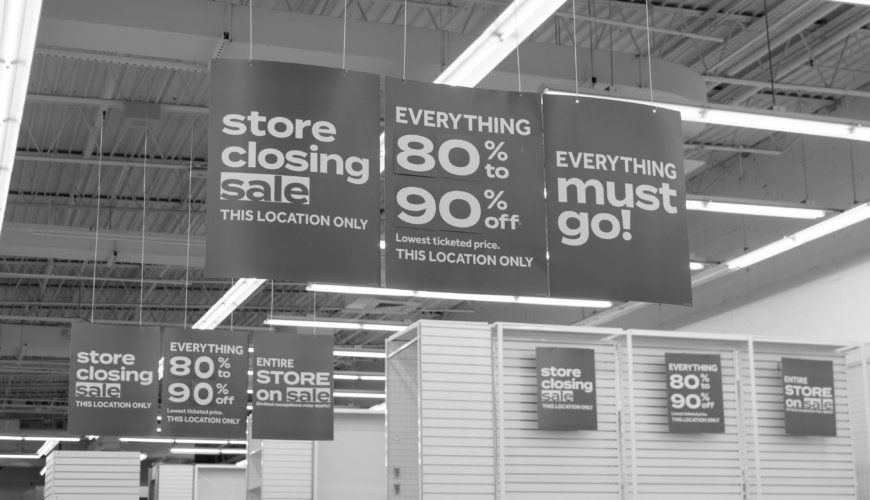The pandemic created quite a bit of retailer debt and the effects have yet to be fully felt. It’s been a rough and tumble several years for supply chain management, stemming from the pandemic and black swan disruptions. Just as retailers work their way toward a somewhat more “normal” state of operations, they are also facing a looming threat in the form of debt they’ve accrued. Paradoxically, some of these issues kicked off in response to the pandemic when banks provided cash on the cheap to keep businesses afloat. If retailers had cash resources to prevent failure, they remained solvent. Now, however, some of that debt accumulation threatens their viability and ultimately, supply chain operations down the entire line.
The Retailer Debt Bubble
According to retail reports, the ratios between cash to current liabilities declined significantly between 2020 and 2021, no matter the size of the retailer. For the smallest players, that equates to a negative cash-to-current liabilities ratio. Operational and structural health measures also declined during this period for the smallest retailers and their suppliers. Medium-sized and larger-sized companies, in contrast, experienced modest and large gains in financial and core health, respectively. These players have been able to strengthen their respective supply chains, as their financial health afforded them resources and leverage with logistics providers and suppliers.
So how does all this pandemic-related financial fallout impact supply chains overall? One potential impact is that, while these cash-strapped smaller retailers may survive, they won’t have enough capital to invest in the supply chain. This may mean shortcuts in software upgrades, equipment expenditures, and transportation contracts. For their supply chain partners, then, this may spell trouble, especially in the longest, most complicated supply chains.
Retailer Debt and the Supply Chain
All of this brings back the need for creating resilient supply chains. Even if you are feeling secure in weathering the pandemic supply chain storm, your partners’ overall financial health can weigh you down. While some of this is out of your control, you hopefully have measurements to help you cut ties when called for. Now is a good time to tap into a supply chain consultant to study your partnerships and determine if they all remain good choices. If not, consider alternatives that suit your needs today and tomorrow, keeping recent pain points in mind.
It’s also a good time to assess your best practices—as partners come and go and the world changes, what worked yesterday won’t work today. Creating safety stock, for instance, is once again considered favorable after years of extremely lean operations. Nearshoring and onshoring also help shrink the size of your supply chain, something also worth considering. And more essential every day is having a view of your supply chain. Software tools that provide visibility from start to finish will give you the transparency you need to stay ahead of issues and pivot as needed. Get your partners on board with this approach and practice regular information exchanges.
While the pandemic is largely behind us, its impacts continue to linger. Having the ability to respond and rethink is critical to keep your supply chain healthy. Keep your options open and toolkits stocked to stay ahead of future crises. Contact OPSdesign today for all your supply chain consulting needs.


